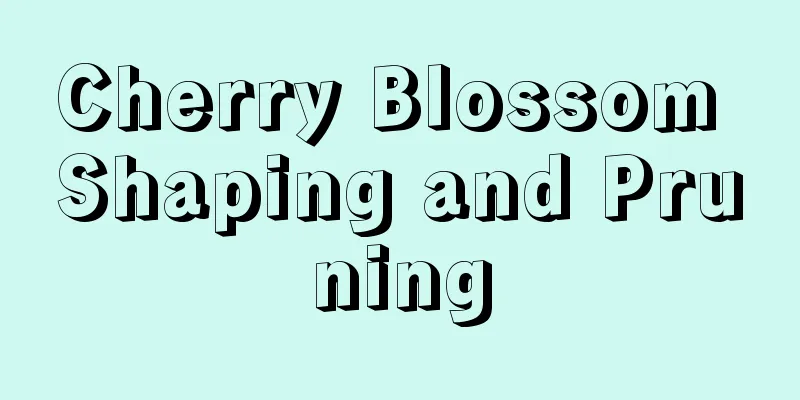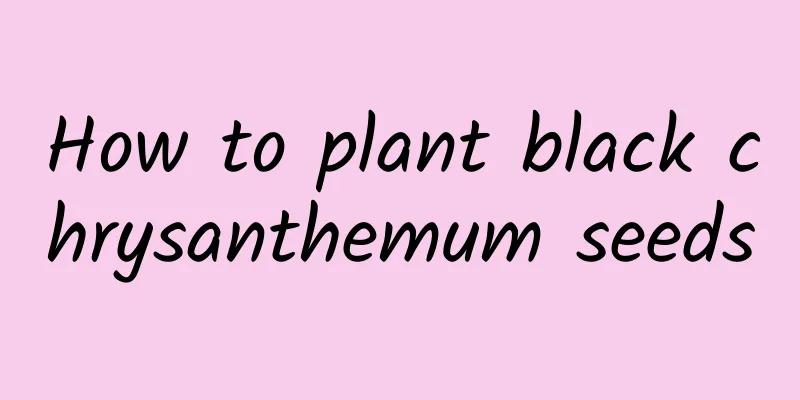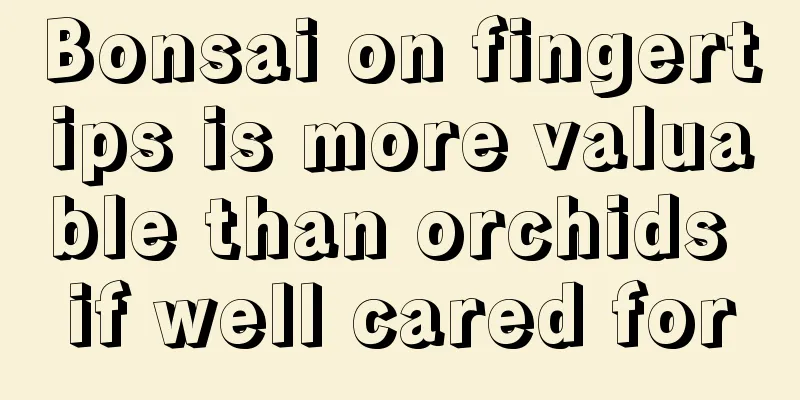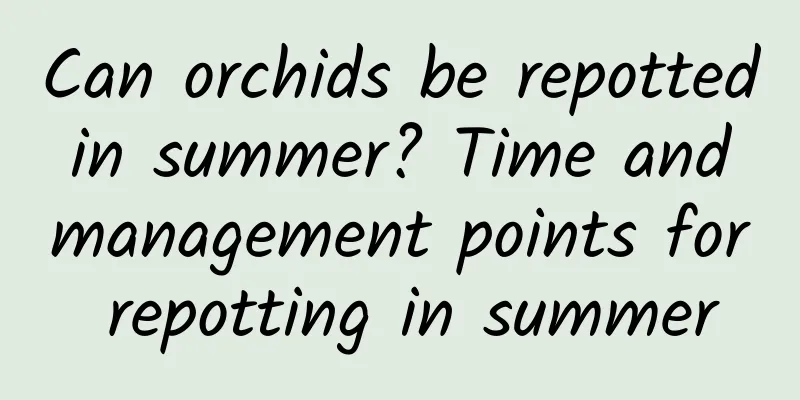Cherry Blossom Shaping and Pruning

Principles of cherry blossom pruningCherry blossoms grow in a relatively natural way, and their tree shapes are generally natural open-heart shapes. When pruning and shaping, light pruning is generally used to maintain the natural shape of the tree. The branches should be dense and sparse, and it is better to have many and evenly symmetrical side branches. How to prune cherry blossomsWhen pruning cherry blossoms, you can first determine the trunk. When the cherry blossom plant grows to the appropriate length, you can retain a part of it, leaving the main trunk, and cut the rest, and cut off the side branches that grow lower. The retained branches can be shortened by one-third during the dormant period, and the branches of each main trunk should be kept reasonably distributed. After about two years of growth, more branches will grow on the trunk, and pruning can continue. The main trunk should be retained, the branches should be thinned out, and the side branches should be adjusted according to the master-slave relationship. After the cherry tree seedlings have basically taken shape, pruning usually only requires light cutting. Formed tree trunks generally do not need to be shortened, new branches are retained, and flower branches generally do not need to be pruned. After several years of growth, the crown of the tree will expand further and need to be properly pruned back. The branches in the middle and lower parts of the main branches should be pruned to allow the lower parts to sprout again, and the side branches with lower branching points should be cut off year by year. Things to note when pruning cherry blossomsWhen pruning before flowering, pay attention to thinning out the overly dense branches, and apply top dressing after pruning. When pruning during the growing season, be careful not to damage the bark. After pruning, the wound should be disinfected in time. You can use a disinfectant to apply the wound to prevent bacterial infection and rot. Prune after flowering, observe the shape of the cherry tree trunk, and prune the stems from the inside to the outside. When pruning, prune those branches that affect the appearance, and pay attention to maintaining the symmetry of the crown. |
<<: How to improve the survival rate of rose grafting
>>: How to care for hibiscus in four seasons
Recommend
When is the best time to take cuttings of Begonia chinensis?
Cutting time of bamboo begonia Bamboo Begonia can...
10 best afternoon teas for office use
The most beautiful face - black tea with roses Bl...
When does the dripping guanyin flower bloom?
1. Flowering period The flowering period of the w...
The Feng Shui Effect of Azalea
1. Does it have any Feng Shui effect? Many people...
What are the advantages and disadvantages of the True Universe Rose? What are the precautions for cultivating the True Universe Rose?
True Rose is a shrub rose. The plant does not gro...
The efficacy and function of daisy
Whitening effect Daisy is a natural beauty produc...
What fertilizers are needed for Milan fertilization? Milan fertilization method
1. Fertilization time The time to fertilize Milan...
Can dandelion remove acne? How to remove acne?
1. Can it remove acne? Dandelion can remove acne....
Can aloe vera be poured with cola?
Can aloe vera be used to pour cola? Aloe vera can...
What to do if lavender leaves wilt
1. Reasons (1) Temperature In an environment wher...
How to care for rubber trees in winter
1. Warming up and keeping warm If you want the ru...
The most common flowers in spring
1. Tulip Tulips prefer plenty of sunlight, but ca...
Method for rapid rooting of large-leafed green radish cuttings Method and precautions for large-leafed green radish cuttings
The time for cuttings of large-leafed green radis...
Can I water the cactus after I plant it?
1. Can I water the cactus after it is planted? Th...
How to propagate Tillandsia?
Seed propagation The seeds of Tillandsia are gene...









